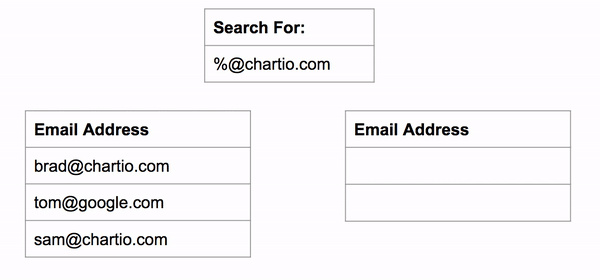

In this article, we will explore each of the regularĮxpressions that use the TILDE operators. This brings us to the more complex pattern matching Has a few limitations and is out of scope for this article. The most common implementation of theseĮxpressions in SQL is the LIKE operator, which uses wildcard values to match patterns. It is particularly used in text manipulations and selections. This pattern can be defined using a sequence of characters that can define a specific searchĮxpression. In computer theory, it is often the case that you might need to find some text from within your data that matches aįixed pattern.

From a beginner’s perspective, these regular expressions can seem to be quite complex in the first, however, as you will start using these on a daily basis, you will come to the underlying logic, and then you can start writing your own RegEx statements. It is heavily used to match string values to a specific pattern and then filter the results based on the condition. Regular Expressions,Īlso known as RegEx are pattern matching criteria that can filter data based on the pattern. In this article, I am going to talk about using regular expressions in a Postgres database.


 0 kommentar(er)
0 kommentar(er)
